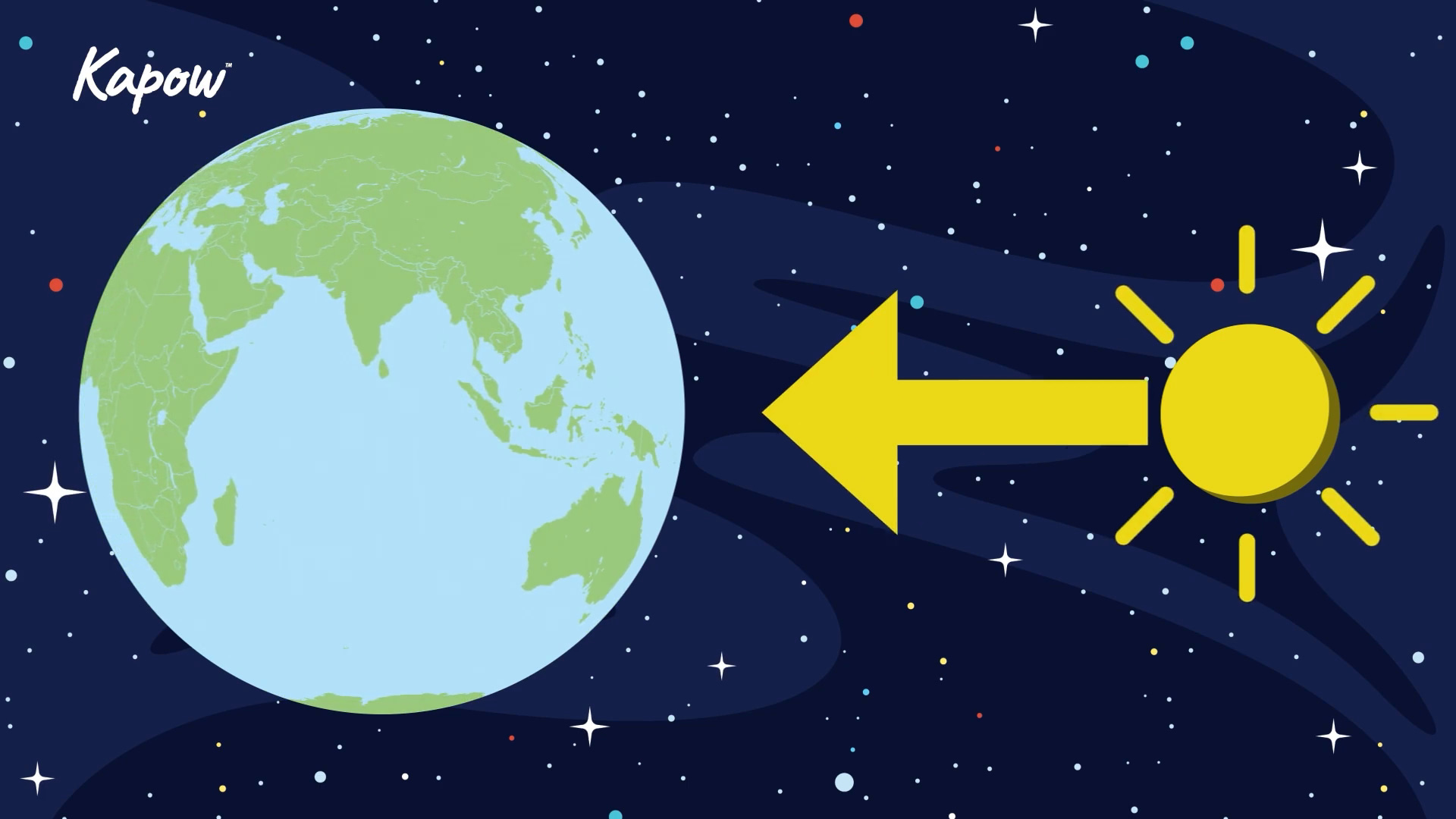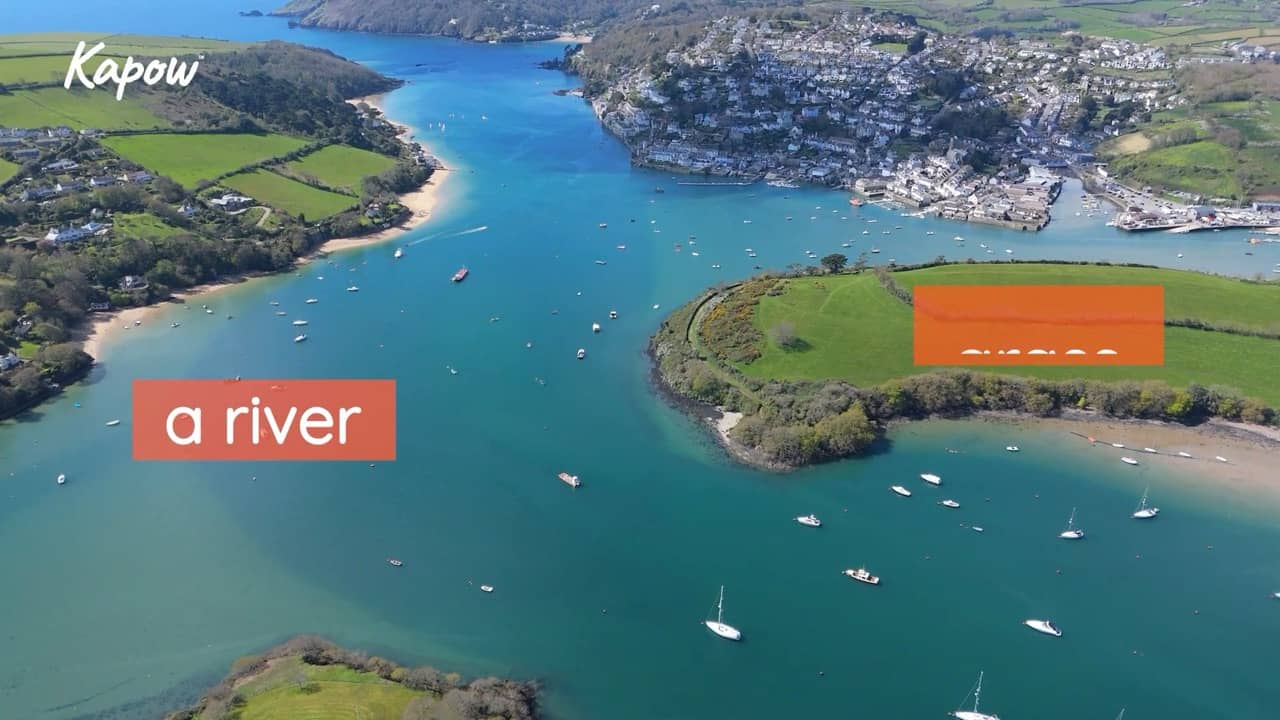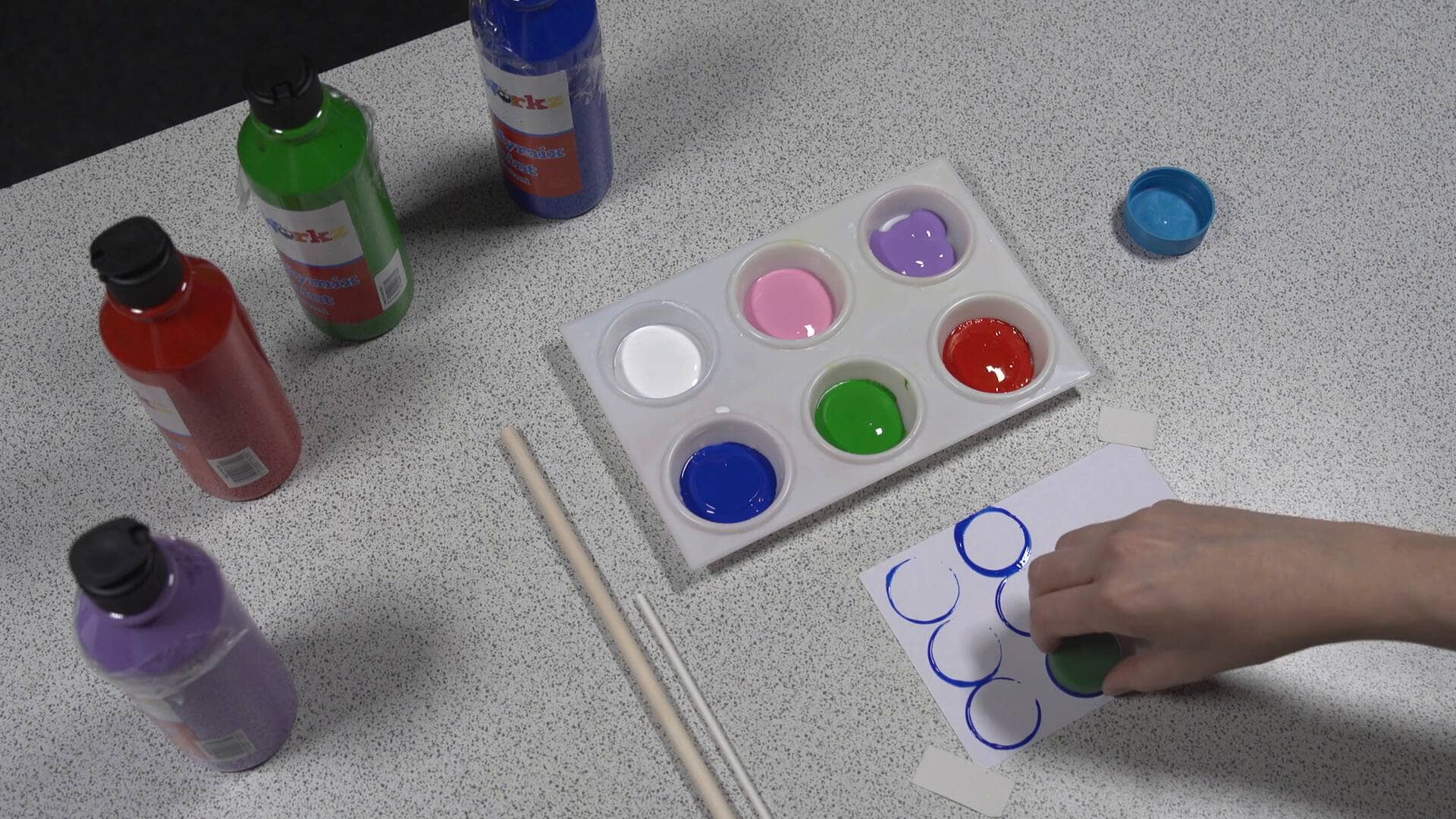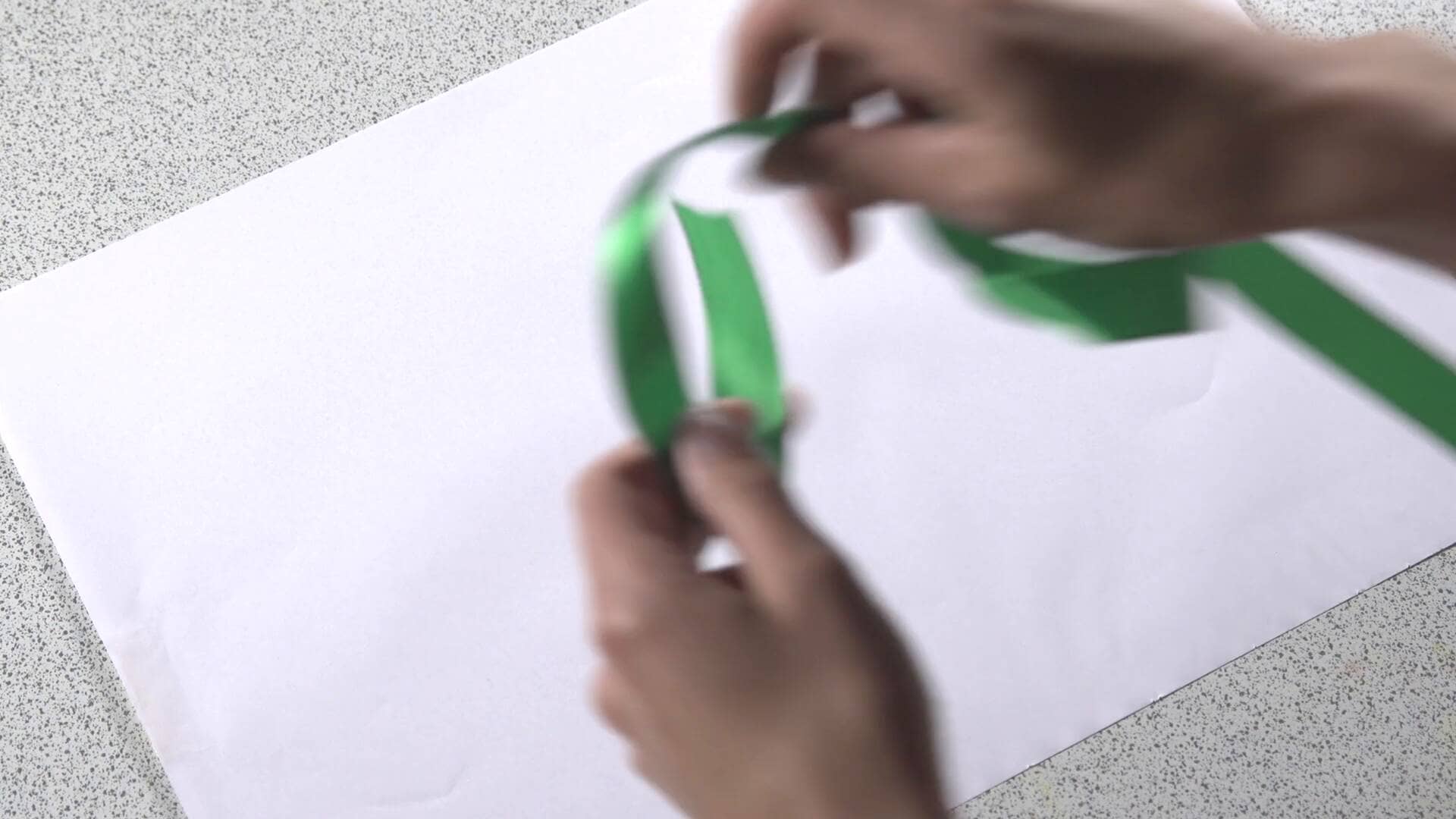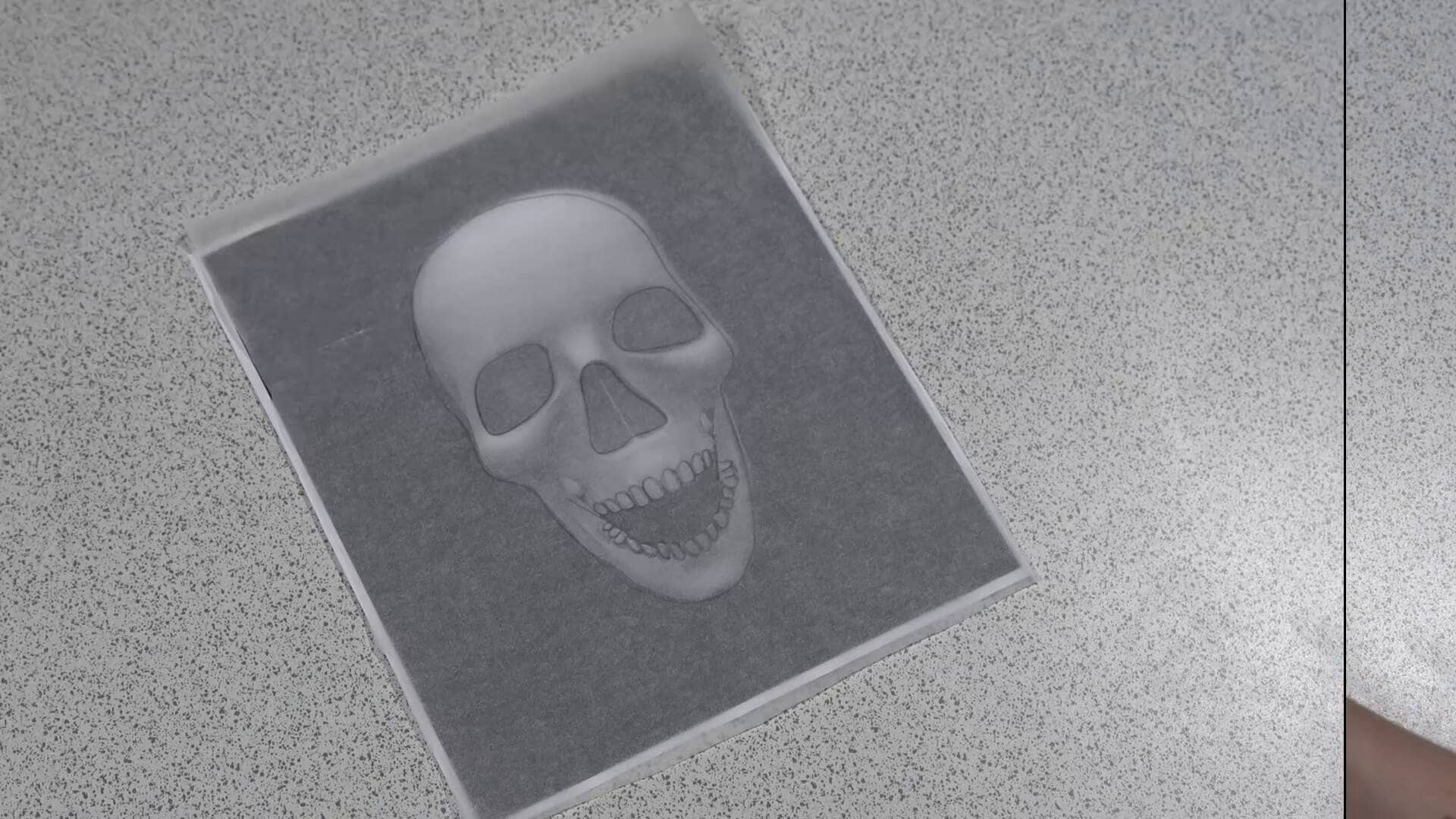This video introduces Key stage 1 pupils to the Equator, helping them understand why it is the hottest part of the Earth.
year: Year 2
Pupil video: Physical and human features
This video introduces Key stage 1 pupils to the difference between physical and human features, helping them to recognise the world around them in new ways.
Teacher video: Introduction to sketchbooks
This archived Art and design scheme of work video is part of a lesson in which pupils explore how sketchbooks can be used as a creative tool rather than for completed pieces.
Children learn that sketchbooks are a safe place to experiment, make mistakes and develop ideas. They can use them to try different approaches, such as practising shading styles, experimenting with media, or sketching the same subject in several ways. Pupils are also encouraged to add short notes alongside their drawings, recording ideas and possible changes to help them reflect and improve. Through this process, sketchbooks become a space to practise skills, explore texture and detail, and build confidence in experimenting. By the end of the lesson, children will understand that sketchbooks are about creativity and growth, not perfection, and provide a record of their artistic development.
This video is part of Kapow Primary’s archived Art and design skills units.
Teacher video: Repeating patterns
This archived Art and design scheme of work video is part of a lesson in which pupils focus on the formal element of pattern, learning how repeating lines, shapes, tones and colours can be used to create striking designs.
Children begin with four sheets of paper, a selection of paint colours and simple printing shapes. Starting with an object such as a bottle top, they dip it into paint and repeat the print across the page to form a pattern. Pupils experiment with light and dark contrasts, directions, and overlapping prints, creating new designs with each sheet. As they progress, children combine shapes and colours to develop more complex patterns. By the end of the lesson, pupils will have created a collection of repeating prints, which can be displayed together.
This video is part of Kapow Primary’s archived Year 2 Formal elements of art unit.
Teacher video: Taking rubbings
This archived Art and design scheme of work video is part of a lesson in which pupils are introduced to the formal element of texture, in the first of two lessons on this theme.
Children begin by exploring different surfaces using both sight and touch, developing their observational and descriptive language skills. They then record textures by making rubbings, learning how to place paper carefully over an object and use the side of a crayon to reveal its patterns. Pupils are encouraged to experiment with a range of surfaces, understanding that mistakes are part of the discovery process. They will compare their rubbings, guessing where textures came from and discussing similarities and differences. By the end of the lesson, pupils will have created a collection of textured rubbings that will form the basis of their next activity, where they learn about the technique of frottage.
This video is part of Kapow Primary’s archived Year 2 Formal elements of art unit.
Teacher video: Frottage
This archived Art and design scheme of work video is part of a lesson in which pupils develop their understanding of texture by creating their first piece of frottage art, inspired by the artist Max Ernst.
Children begin by revisiting the rubbings they made in the previous lesson, learning how Ernst invented the technique of frottage, where textured surfaces are used to inspire imaginative drawings. By combining rubbings, children experiment with shapes and textures to form imaginative images, such as landscapes, creatures or abstract designs. The process encourages them to see how textures can influence forms and ideas. By the end of the lesson, pupils will have transformed simple rubbings into a creative artwork, developing both their observational and imaginative skills.
This video is part of Kapow Primary’s archived Year 2 Formal elements of art unit.
Teacher video: 3D pencil drawings
This archived Art and design scheme of work video is part of a lesson in which pupils explore tone, one of the formal elements of art, by creating three-dimensional ribbon drawings inspired by the American artist Ed Ruscha.
Children begin by experimenting with different grades of pencils, learning how pressing harder or using softer leads can produce a range of tones. They practise shading in their sketchbooks before moving on to their main activity. Using real ribbon, pupils twist and shape it into interesting forms, fixing it with tape if needed. They then sketch the outline of their ribbon design and carefully apply shading to show light, mid and dark tones, including any shadows. Through this process, pupils discover how tone can transform a simple line drawing into a realistic 3D image.
This video is part of Kapow Primary’s archived Year 2 Formal elements of art unit.
Teacher video: 3D colour drawings
This archived Art and design scheme of work video is part of a lesson in which pupils explore the formal element of tone by creating realistic-looking planets.
Children begin by drawing a circle to form the base of their planet, then experiment with chalks and pastels to match the colours they need. They learn how to hold and use the side of the chalk to create smooth effects, and how blending with cotton wool can soften tones and add depth. Pupils gradually build layers of light and dark areas, giving their planets a three-dimensional appearance. Once complete, the planets are cut out and mounted on dark backgrounds, enhancing their shape and impact.
This activity builds pupils’ confidence in shading and blending techniques while showing how tone can be used to transform flat shapes into 3D forms.
Teacher video: Skulls
This archived Art and Design scheme of work video is part of a lesson in which pupils explore the structure and features of the human skull while developing their observational drawing skills.
Children begin by examining a skull model or image, tracing key features with their fingers to understand its form. They then place tracing paper over the image, sketching the outlines lightly in pencil before going over them in felt tip. Photocopies of these tracings provide the starting point for creative experimentation. Pupils can choose to shade their skulls with pencil, add tonal effects with charcoal and chalk, or use oil pastels and crayons to create bold, colourful designs. By the end of the lesson, they will have produced a range of expressive skull artworks, building confidence in both observation and technique.

